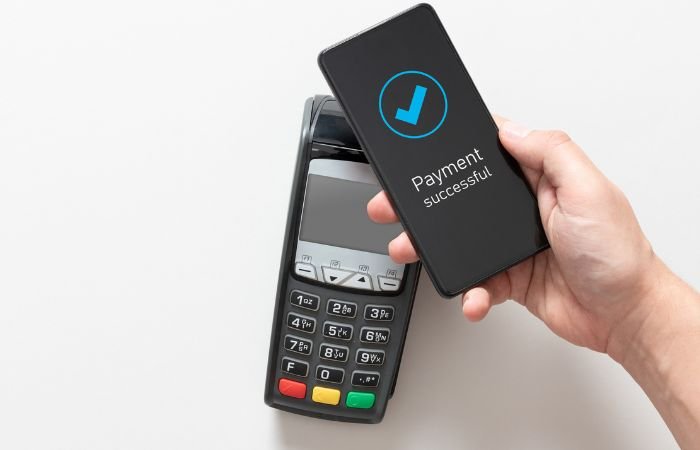How to optimise your payment processing
With the rise of digital payments, it's more important than ever for companies to streamline their payment processing to ensure a seamless and secure customer payment experience. Fortunately, there are many ways to optimize this area and improve your bottom line. These include the following:
Leverage modern technology
There are innovative solutions you can use to optimize payment processing, and one of them is the invoice scanner. It uses advanced technology to scan and process invoices quickly and efficiently. By automating invoice processing, businesses can reduce errors, save time, and improve cash flow. With the rise of digital payments, invoice scanners have become increasingly popular, allowing companies to stay on top of their payment processing game.
Focus on customer experience
When it comes to payment processing, it's crucial to prioritize the customer experience. This means providing seamless and secure payment options that are user-friendly and accessible across various devices. Streamlining the payment process and minimizing friction will ensure a positive customer experience that encourages repeat business.
From intuitive checkout processes to transparent pricing, focusing on the customer experience is critical to optimizing your payment processing and driving business growth.
Know why transactions get declined
Customers who face declined transactions often feel frustrated and may lose trust in your business. Identifying common reasons, such as card issues, security concerns, or input errors, will enable you to take proactive measures to minimize these problems.
Sometimes, it may be due to customers' insufficient funds; educating them on the importance of monitoring their account balances and updating payment information can help reduce these declines. More importantly, they won't take their frustration out on you when they know it's not your fault.
Manage customer data
Effectively managing customer data by securely storing essential information, such as names, contact details, and payment preferences, can help optimize the payment process. In addition, it makes it easier for customers to process their payments on their next purchase. Thus, regularly updating their data can ensure accuracy and improve transaction speed.
Offer multiple payment options
When you offer multiple payment options, customers are likely to choose your business over competitors. Payment methods like credit cards, e-wallets, or bank transfers will suffice different customer preferences and needs. This can result in increased sales and improved customer satisfaction.
Also, offering multiple payment options can reduce cart abandonment rates if you're an e-commerce owner, as customers won’t proceed to checkout if their preferred payment platforms are unavailable. While for physical store owners, you need to look beyond cash payments for customers that prefer electronic methods.
For instance, accepting mobile payments, such as Apple Pay or Google Wallet, can enhance convenience and speed up checkout. Other payment methods, such as gift cards, can attract more customers and boost sales.
Understand and reduce fraud
When you understand fraud, you can properly address it. Fraudulent activities in payment processing, such as credit card fraud, identity theft, and chargeback fraud, can result in financial losses, legal issues, and a tarnished reputation. Security measures like encryption, two-factor authentication, and fraud detection tools can resolve these issues.
For example, someone with access to your credit card can use it to make unauthorized purchases. However, if credit card details are encrypted, it becomes much more challenging for criminals to gain access. The same thing applies to two-factor authentication, which requires users to provide two forms of identification, such as a password and a fingerprint.
Work with the right partner
The different payment methods you use influence the partner you choose. Whether you need to process credit cards, debit cards, or e-wallets, the right partner can help you integrate these seamlessly into your payment processing system.
They can offer the right technology, APIs, and software for easy and quick transactions. In addition, the right partner will provide you with real-time reporting and analytics to track your payment processing performance and identify areas for improvement.
Keep your system updated
Sometimes, the decline in transactions may be due to outdated software, hardware, or security protocols. By keeping your system updated, you ensure that it runs smoothly and meets industry standards.
Regular updates also prevent system failures and reduce the risk of security breaches, protecting your business and customers' sensitive information. Moreover, updated payment systems enable you to integrate new payment methods and provide a better user experience.
Conclusion
A good payment processing strategy can spur growth and profitability, while an ineffective one can lead to customer dissatisfaction and lost revenue. By considering the security and needs of your customers, offering a variety of payment methods, and protecting customer data, businesses can optimize their payment processing and improve customer experience.









